Learn more about Christ in the Psalms weekly artwork and see previous pieces here.
Person: Whitney Grimm
Hi.
I’m a Colorado native who moved to LA in 2012 to seek out and explore the world around me. I knew there was more than what I experienced around me at the time. It was during this time that I began learning who I was, where my gifts and skills were, and what I liked in life. While in LA, I met many people in the fashion and creative industries who helped open my mind and doors to the creative world, showing me how diverse these industries are. I was immediately drawn to visual merchandising, wardrobe styling, graphic design, screen printing, typography, painting, art, etc. After working in such areas, I wanted a more stable skill set to fall back on if needed. So I moved back to Denver and was accepted to a local art school where I graduated with honors, Summa Cum Laude, something I didn’t think was possible for me. That season of life was truly valuable. I was growing in self-confidence, my ability to design well, in developing relationships with clients and others in the industry, and even in pursuing being an artist. I’ve grown so much over the last five years in myself as an artist, developing skills in different areas of art I like. My aesthetic is simple: clean storytelling through lines, shapes, and texture. I’ve incorporated that idea into the three art pieces I’ve done for Park, one of which is this piece.
Piece
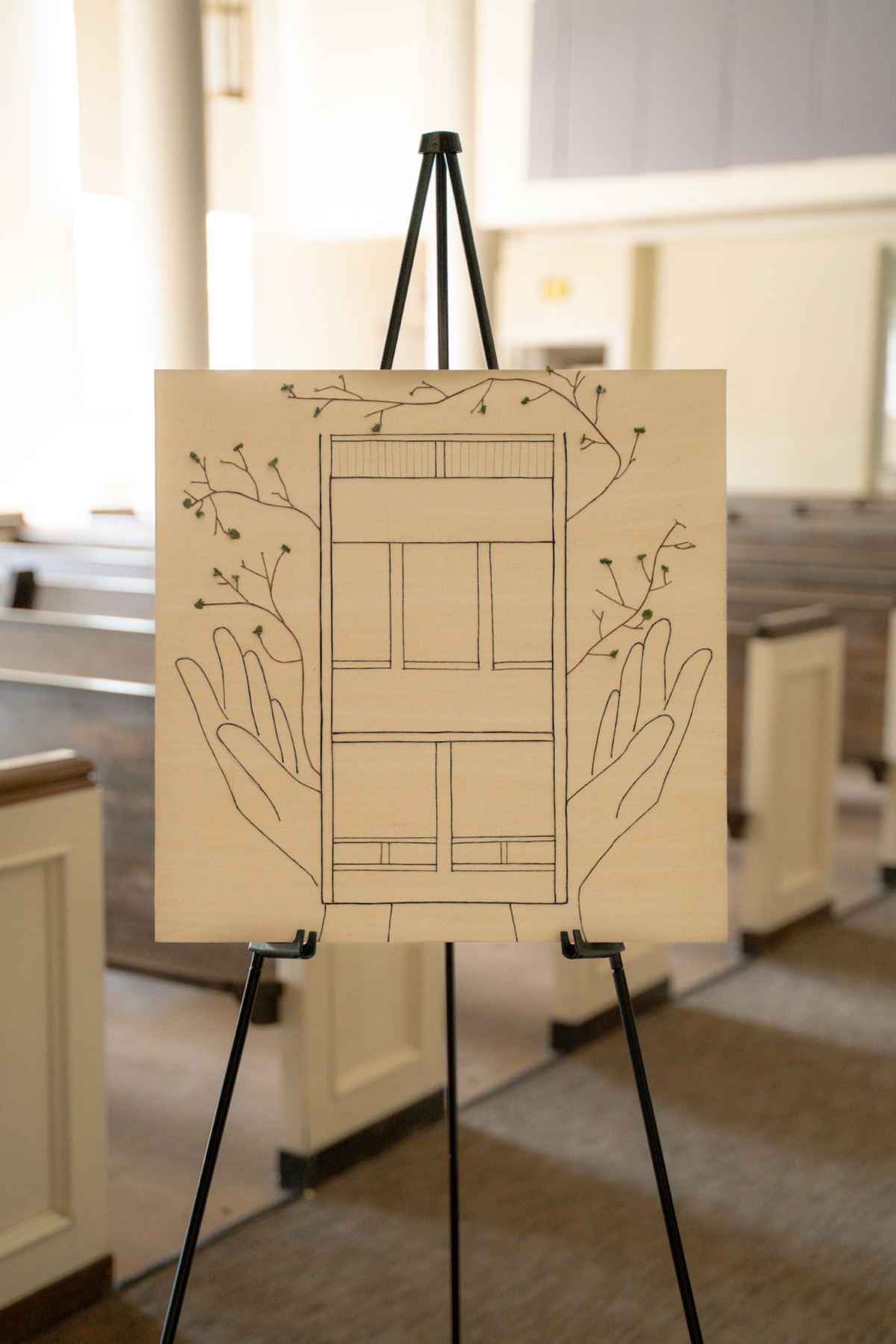 The house is a representation of a safehouse, the place in which you find comfort and safety, though it doesn’t have to be a house; it could be whatever structure provides safety and security for you. The hands are God’s hands. He is our ultimate security, comforter, and protector from all enemies, both visible and invisible. And greenery represents life that exists in God and what can be grown in His presence.
The house is a representation of a safehouse, the place in which you find comfort and safety, though it doesn’t have to be a house; it could be whatever structure provides safety and security for you. The hands are God’s hands. He is our ultimate security, comforter, and protector from all enemies, both visible and invisible. And greenery represents life that exists in God and what can be grown in His presence.
PROCESS: MIXED MEDIA
I did a lot of research in commentaries and in different versions of the Bible. I sat with God in it and did a lot of contemplating. I wanted to understand what Psalm 9 was about or what David was saying in it. As I sat at my desk reading and asking God what He wanted me to make and what my spirit felt from this Psalm, I got a picture of a simple line-drawn house. Then, reading the Message Bible, in verses 9-10, the word safehouse stood out to me. I then researched the meaning of safehouse. It’s defined as “a confidential, private dwelling where individuals flee to find refuge. A secure environment.” This Psalm was challenging for me on what to create, because there’s so much meat in it. I also couldn’t get out of my head. But here we are, a finished piece.

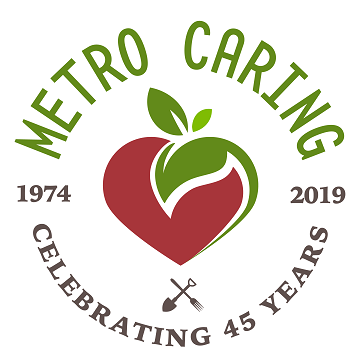
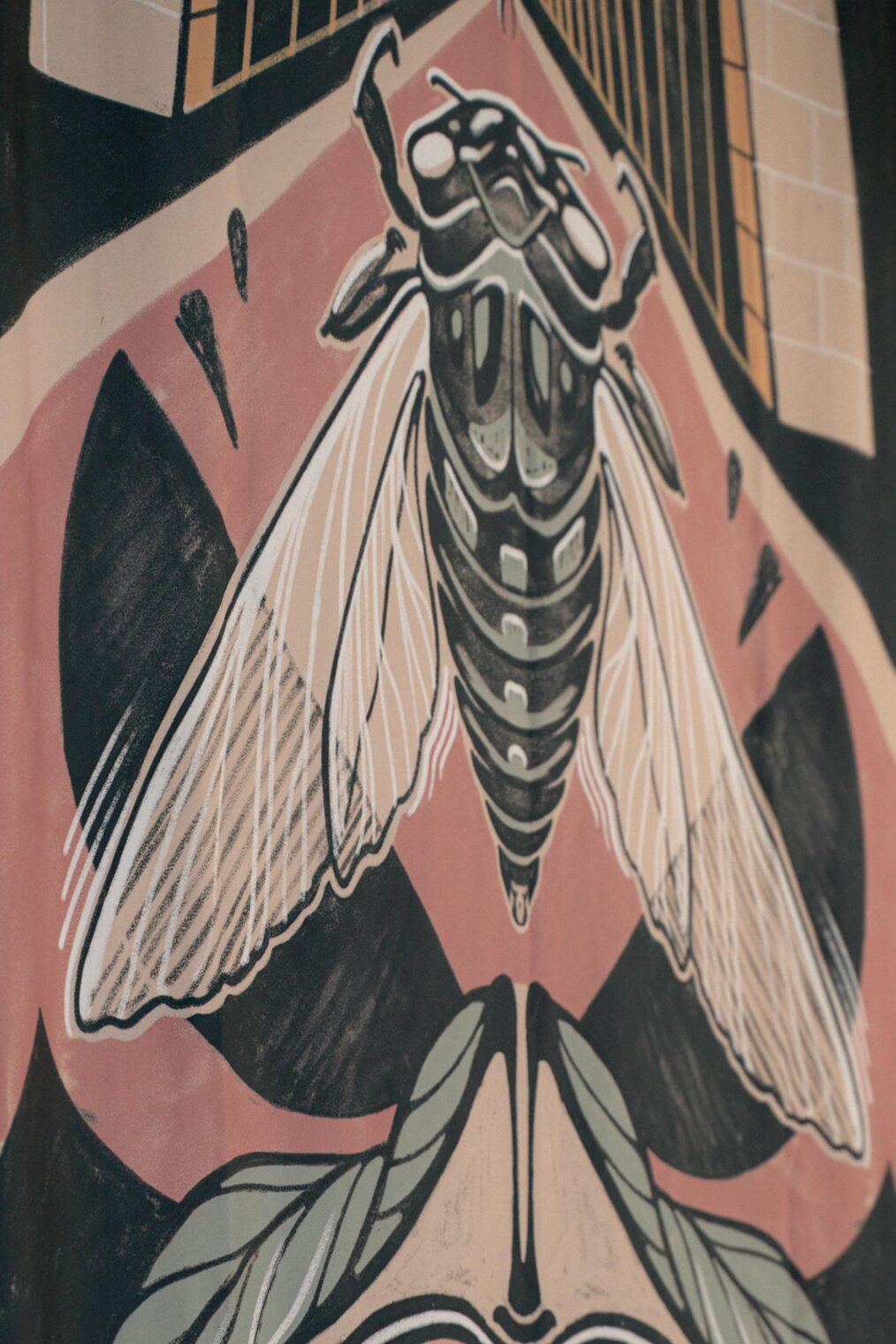

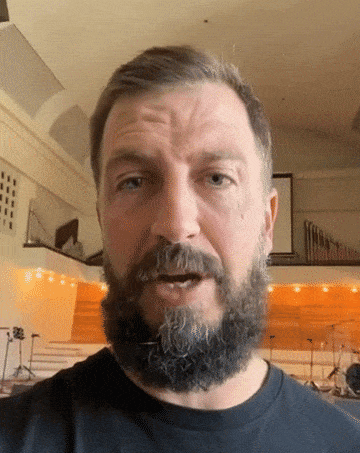
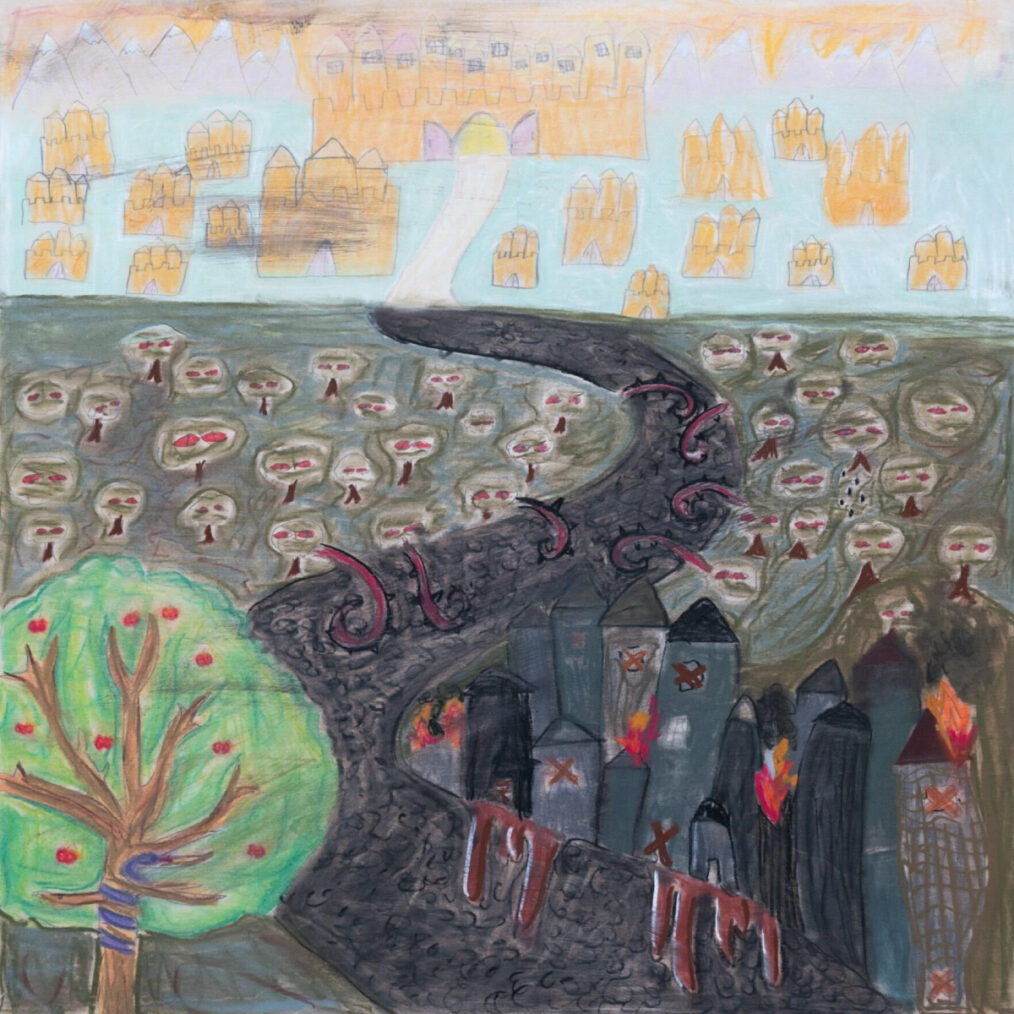
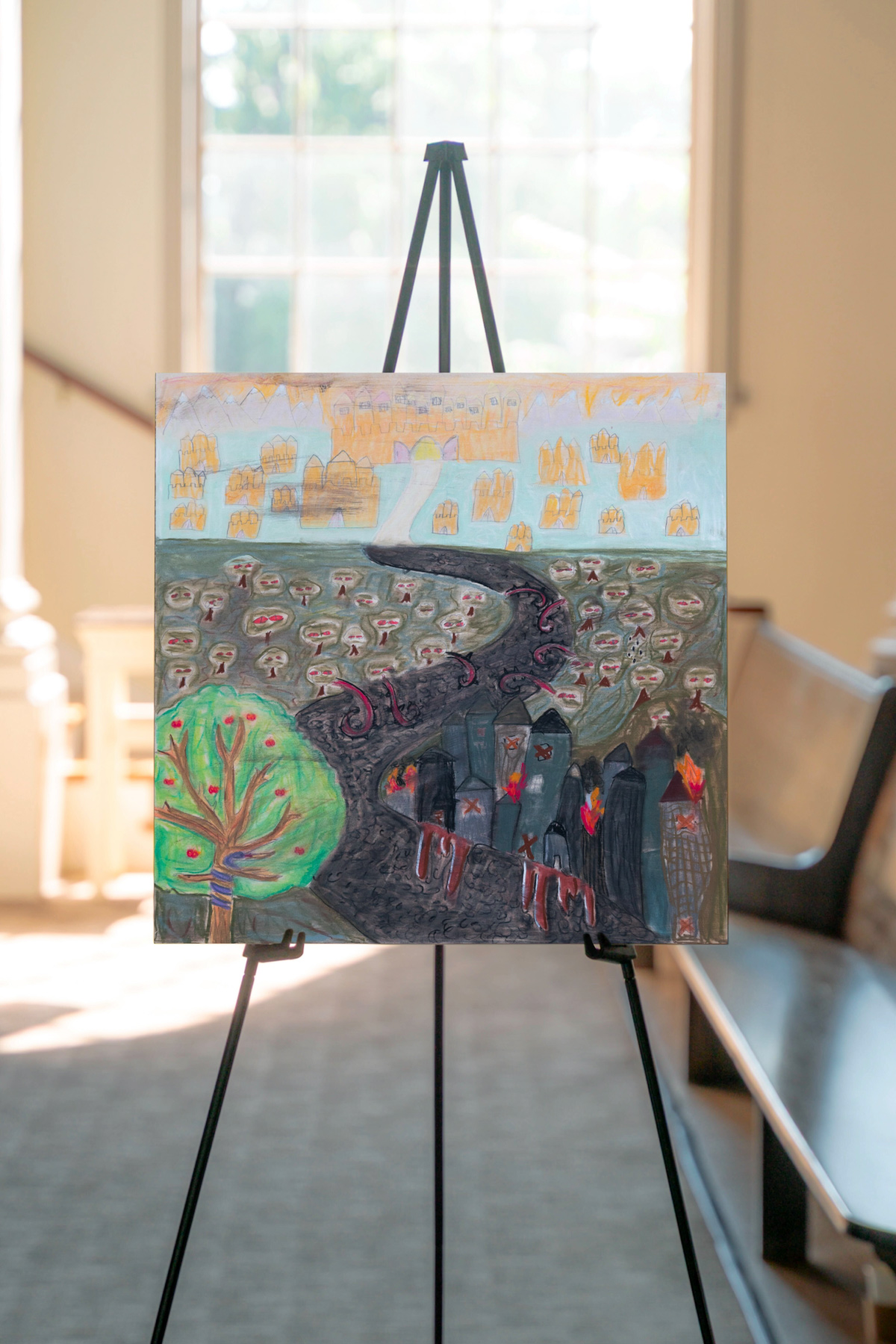 The heavy darkness in the drawing is showing how the psalmist feels. The eyes in the trees are the wicked hiding and their evil deeds. The tumbled down buildings are a picture of the ugliness of sin and injustice going on in normal life and the broken sadness in Psalm 10. The tree with the snake on it shows how sin can also look tempting. The bright kingdom far off represents heaven and the psalmist trusting in God’s faithfulness even in his sadness.
The heavy darkness in the drawing is showing how the psalmist feels. The eyes in the trees are the wicked hiding and their evil deeds. The tumbled down buildings are a picture of the ugliness of sin and injustice going on in normal life and the broken sadness in Psalm 10. The tree with the snake on it shows how sin can also look tempting. The bright kingdom far off represents heaven and the psalmist trusting in God’s faithfulness even in his sadness.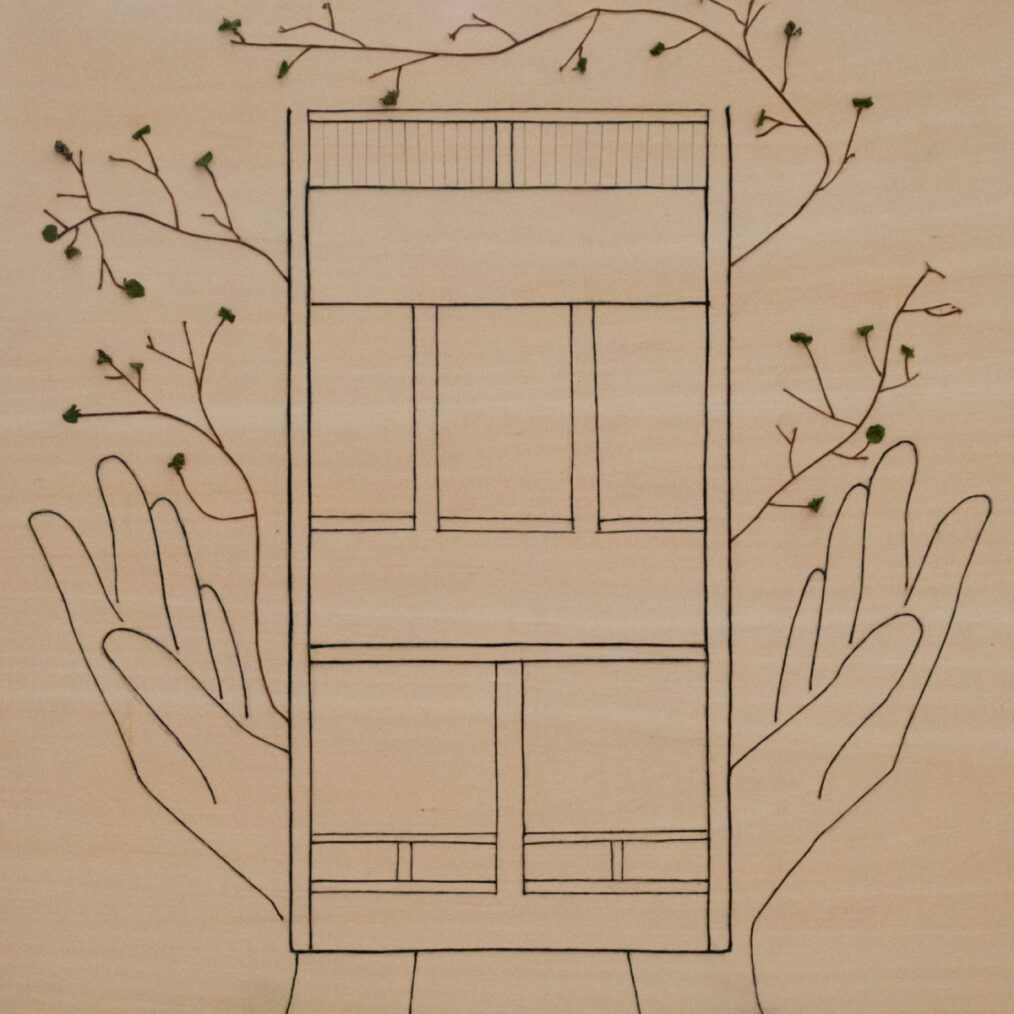
 The house is a representation of a safehouse, the place in which you find comfort and safety, though it doesn’t have to be a house; it could be whatever structure provides safety and security for you. The hands are God’s hands. He is our ultimate security, comforter, and protector from all enemies, both visible and invisible. And greenery represents life that exists in God and what can be grown in His presence.
The house is a representation of a safehouse, the place in which you find comfort and safety, though it doesn’t have to be a house; it could be whatever structure provides safety and security for you. The hands are God’s hands. He is our ultimate security, comforter, and protector from all enemies, both visible and invisible. And greenery represents life that exists in God and what can be grown in His presence.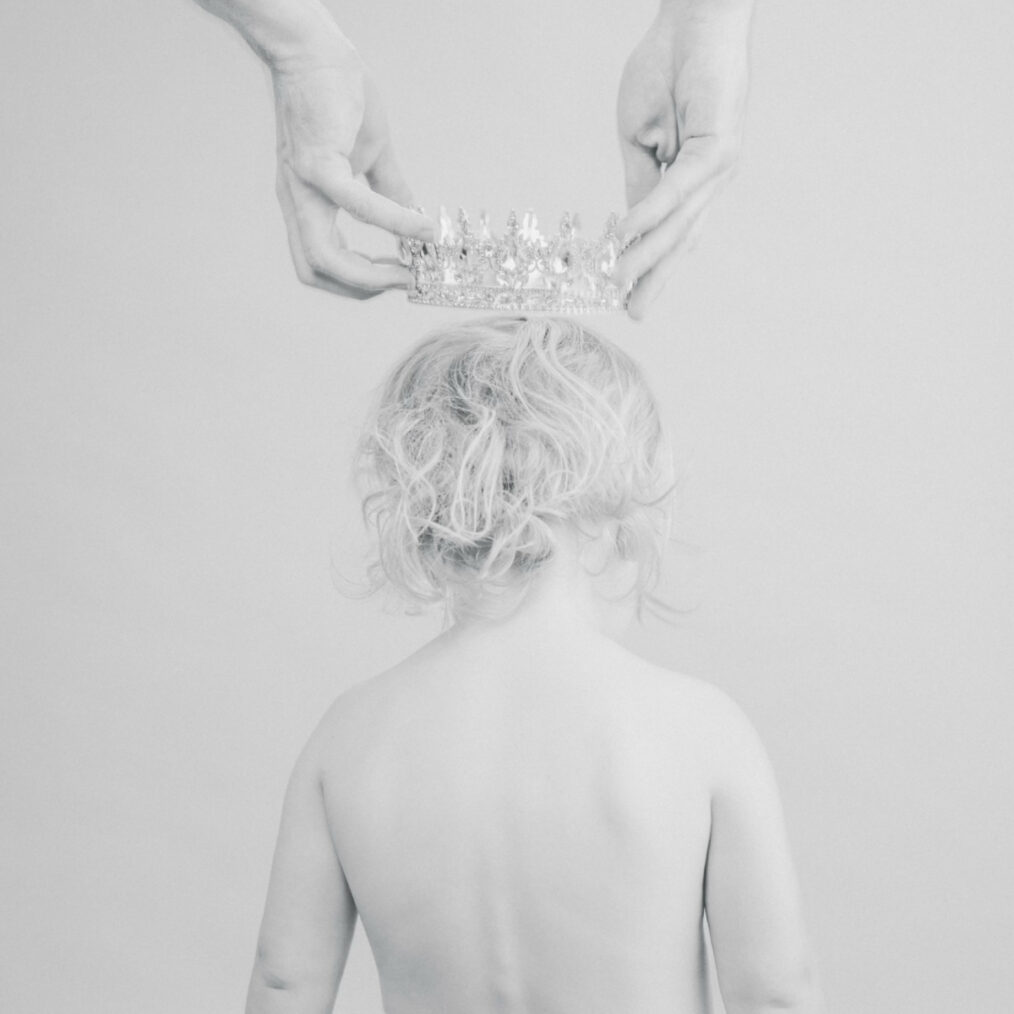
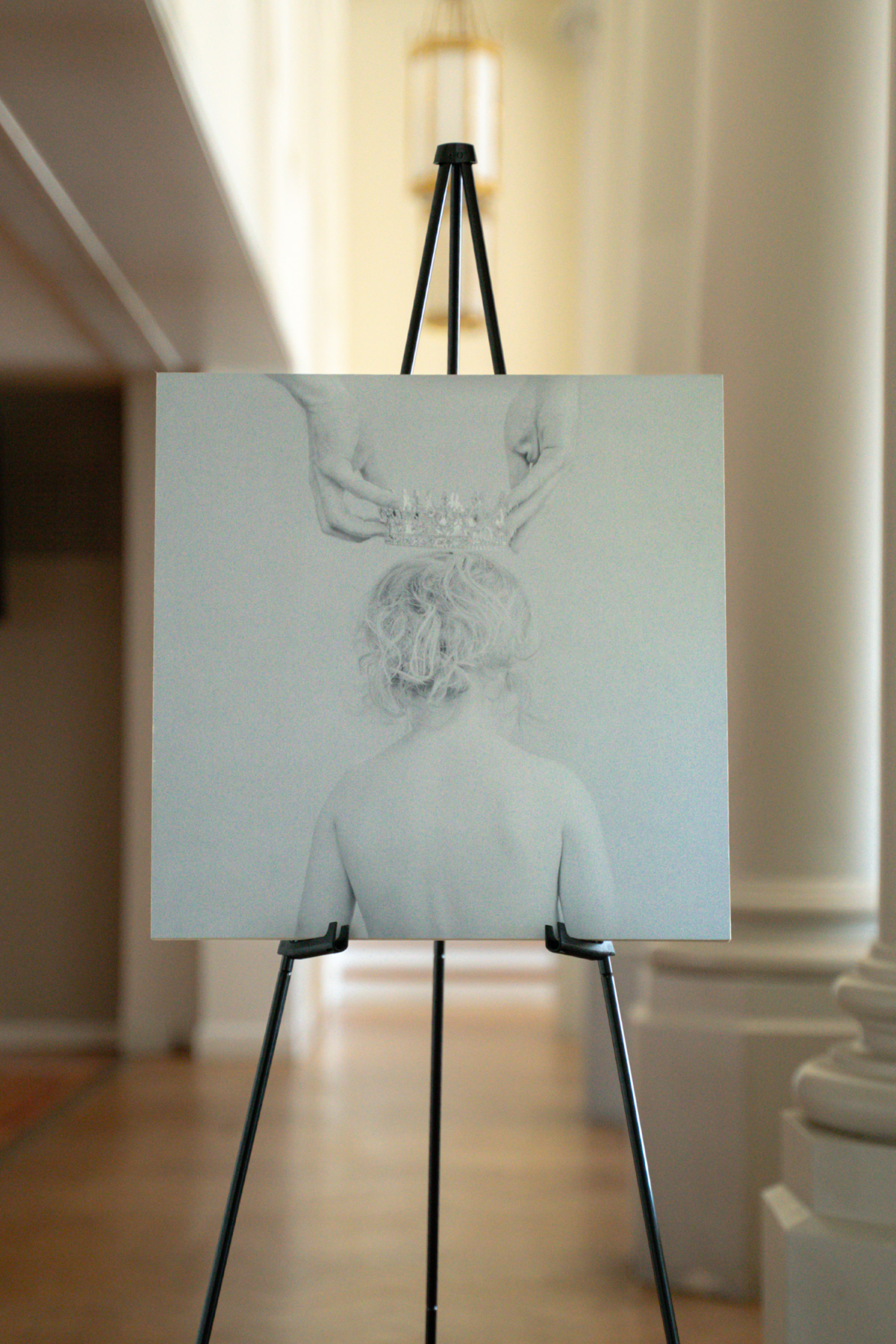 In Psalm 8, the weak are made strong and the lowly become the unexpected rulers of the world. Babies and infants are given power beyond their stature to defeat the enemies of God. And man, whose troubled and broken humanity is made evident in Psalm 7, is granted dominion over God’s glorious handiwork.
In Psalm 8, the weak are made strong and the lowly become the unexpected rulers of the world. Babies and infants are given power beyond their stature to defeat the enemies of God. And man, whose troubled and broken humanity is made evident in Psalm 7, is granted dominion over God’s glorious handiwork.